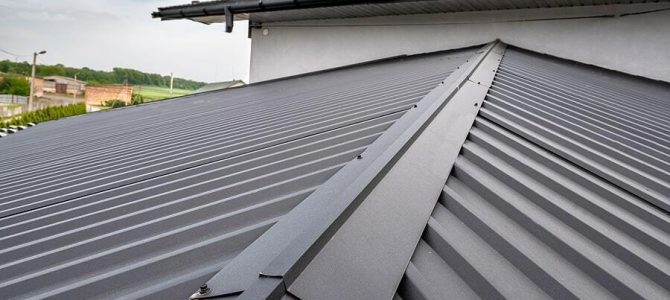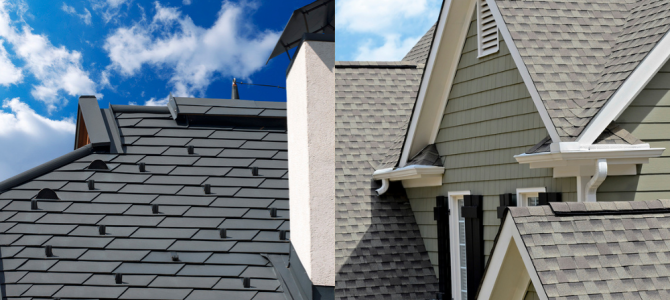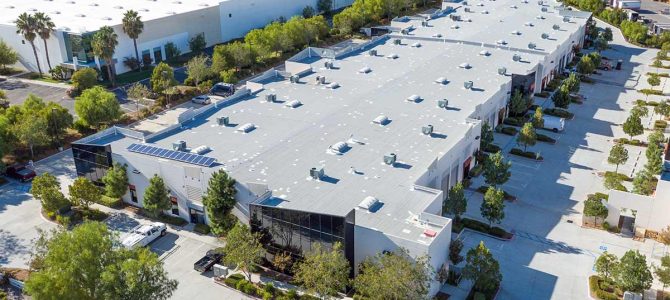Does a New Roof Add Value to Your Home?
When trying to get the best value out of your home, it is often the standard practice to carry out some form of repairs and other projects around your home to increase the value of your home. Some of such activities include power washing your driveway, landscaping, as well as repainting. However, while you handle the daily maintenance activities concerning your home, there are some that you must leave for the professionals, and your roofing maintenance is one such activity.
If you were to carry out roofing maintenance on your roof by yourself, you would overlook or miss some spots and signs of roofing issues that a trained professional won’t miss. In no time, you might face issues with your roof, which could have been avoided if a professional had carried out the assessment.
It is also the best opportunity to find out whether your roof should be upgraded and a new one installed. Installing a new roof is one of the best ways to ensure that the value of your building skyrockets.
Have you been wondering how much value a new roof will add to your home? Find out here!
Why Should You Install a New Roof?
Although you might look at your roof and feel like everything is fine, getting a new roof can go a long way to improving the appearance of your roof. Also, a roof replacement also helps you to get a great and long warranty. You can also upgrade your roofing technology and avoid all problems that come with older roofs.
-
Improved Appearance
Don’t wait until your roof looks like it is going to fall off before you upgrade it. Instead, consider the appearance, such as colors, textures, material, and the like and how it will improve your home appearance as well as the landscaping and sliding.
-
Better Roofing Technology
These days, energy efficiency is important when choosing roofing materials. Solar panels are now being implemented on roofs, which is why asphalt shingles have become very popular because they can reflect solar heat and avoid the penetration of heat into the building. So, changing your roof can improve its energy efficiency and save energy costs, which makes it attractive to the people who will purchase the home.
-
Better Warranty
Many warranties that come with older roofs don’t exceed 15 to 25 years. However, as technology is improving, there are no longer warranties. Thanks to new roofing technology and products such as asphalt, you can get longer warranties, which is also a major selling point. Longer warranties mean that there is a long time span for the resident to enjoy the peace before worrying about any problems that might arrive from the roof.
-
Problem-Solving
Installing a new roof is one way to solve any parent you might be facing with your roof. A new roof will make all those problems a thing of the past. If you already have severe problems affecting your roof, it might actually be more cost effective for you to replace the roof rather than carrying out multiple repairs that might not put things back in a good state.
Speak to a roofing expert to carry out observation on your roof and decide whether you should replace your roof or just repair it.
-
Improved Property Value
When you install a new roof, your home’s functional and aesthetic value increases by thousands of dollars, which makes it easier for you to sell them easily.
Here’s How Your Roof Affects Your Home’s Value
There are several factors connected to the improvement of your home property’s value, and understanding these factors will help you to know how to improve the value of your home. The first thing to understand is that your roof is the primary insulator of your home, which means that the energy efficiency of your home is connected to your roof. So, the nature of your roof can increase or reduce the amount of money you spend on utility bills.
Also, your roof offers your home protection from the elements, including wind, rain, snow, hail, as well as other natural damages. When your roof is up there and secure, you can rest assured that you, your family, and your properties are safe.
Another impact of a new roof on your home is its appearance. Your roof affects the way your house looks, and no matter how colorful your house is, an ugly roof will make the entire building look ugly.
Finally, when selling off your home, you need your roof to be in the best of state because people won’t be interested in buying the house if your roof is practically falling apart. Also, your home might need to undergo inspection, and the health of your roof can make or mar the value of your home when it goes under inspection.
When all these factors have been considered, you can get great returns on investments when you replace your roof as a new roof get you between 60 and 68% return on investment, provided the material used in making the roof is of standard quality.
You can be certain that a new roof improves the resale value of your home by approximately $12,000 as per the national average. So, you see, there is a lot for you to gain, meaning that you should consider roofing replacement, even if it might seem like a costly endeavor.
Roof Value: Short-Term vs. Long-Term
Your roof has both short and long-term values, and you should study both roof values so that whenever you purchase a roof, you will enjoy both the short and long-term benefits of it.
The immediate advantage is that your home gets an immediate makeover and has a better aesthetic appearance and appeal in the eyes of people. This appeal makes you confident and proud of your home. You can feel happy to invite colleagues and friends over and show off your home.
As you continue to enjoy and take care of your home, the short-term value of your home will last for a long time until it becomes long-term benefits. Longevity is one of the long-term benefits you get to enjoy. Once you install a roof that was made with original materials, you can rest assured that it will not only last longer, but your roof will remain beautiful for at least 20 years.
When you install new roofs, you can also rest assured of energy-saving costs, little to no problems, as well as monthly savings on your budget. If you plan to sell your house over the years, you also know that the roof will help you to sell your house at a good price and make good money off of it.




